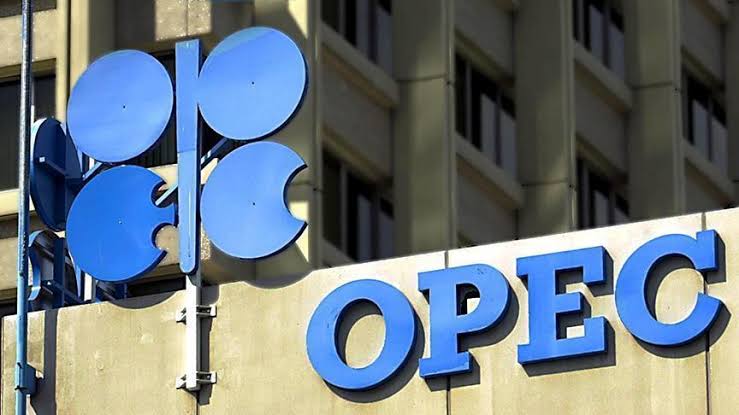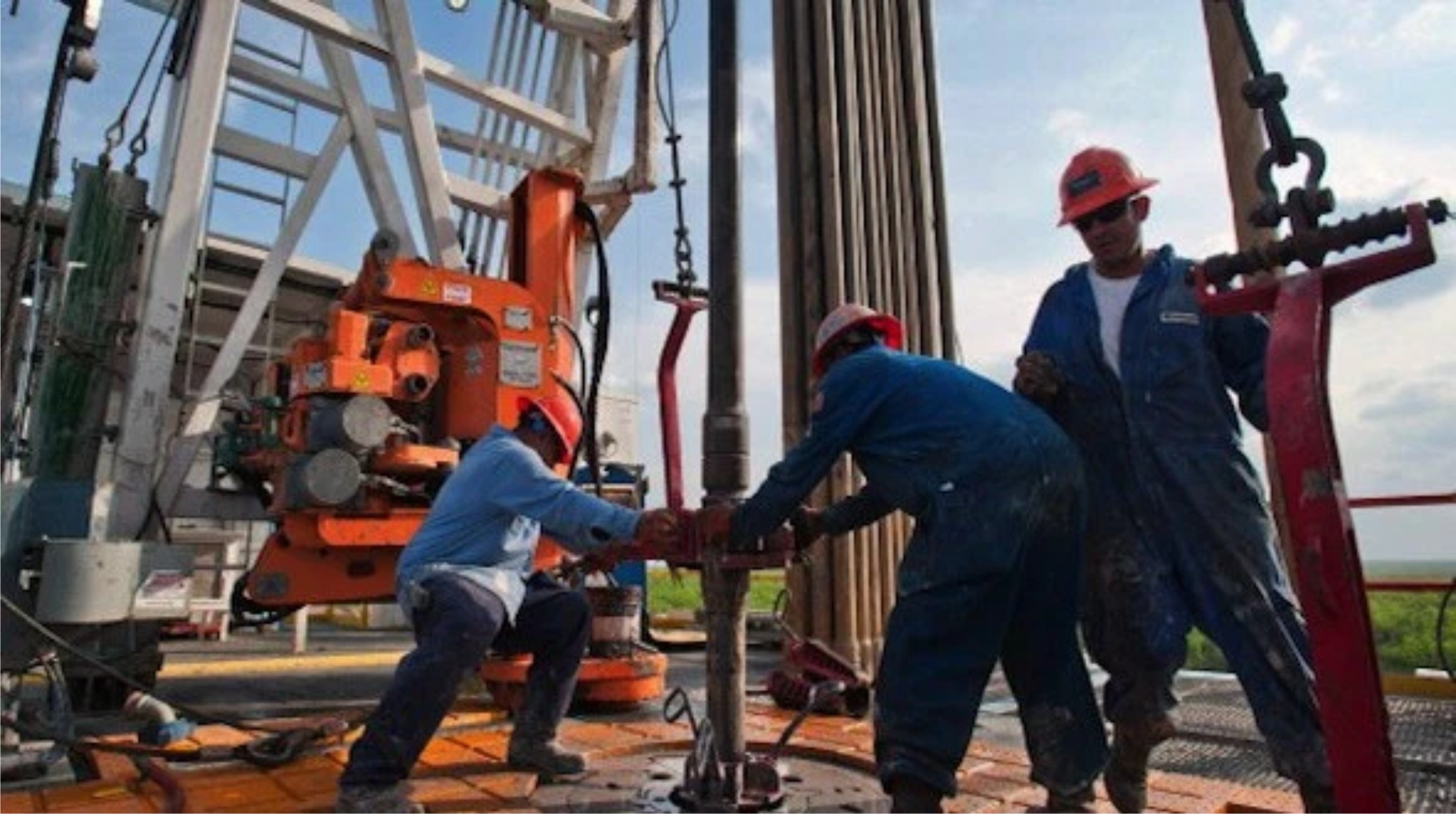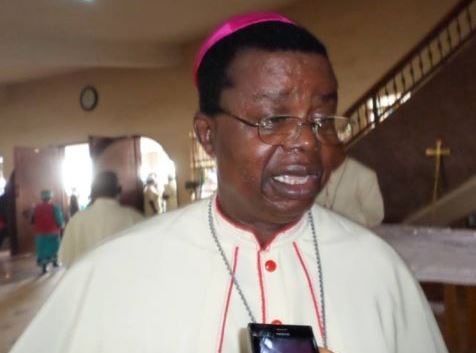
Keep up with the latest news and be part of our weekly giveaways and airtime sharing; follow our WhatsApp channel for more updates. Click to Follow us
The Organisation of the Petroleum Exporting Countries (OPEC) saw its crude production decline for the second consecutive month in January, primarily due to reduced exports from Nigeria and Iran. This development offset a recovery in the United Arab Emirates (UAE), where field maintenance had limited production in December.¹
According to a Reuters report, OPEC countries produced 26.53 million barrels per day in January, a decrease of 50,000 barrels per day (bpd) from December 2024. The survey revealed that Nigeria and Iran experienced the largest drops in production.
Nigeria’s production slipped by 60,000 bpd, mainly due to lower exports, although domestic usage is increasing as the Dangote refinery ramps up. The country produced 1.42 million barrels per day, down from 1.484 million barrels in December. Nigeria is still struggling to meet its OPEC quota of 1.5 million BPD and aims to raise production to about 2 million BPD.
Iran’s output, which reached its highest level since 2018 last year despite US sanctions, fell by 60,000 bpd. The country’s production may be further curbed by tighter US sanctions.
In contrast, the UAE saw its production rise by 90,000 bpd, the largest increase among OPEC members. A source noted that partial field maintenance continued in January, having started in December.
Libya’s output also increased by 40,000 bpd, continuing its recovery after resolving a dispute over control of the central bank that had led to production cuts. Libya is exempt from OPEC agreements to limit output.
OPEC has decided to maintain its production cuts until the end of March due to global demand concerns and rising output outside the group. The organisation plans to start raising output in April.
The modest decline in output came as the wider OPEC group is keeping production cuts in place until the end of March due to global demand concerns and rising output outside the group. OPEC on Monday decided to stick with its plan to start raising output in April.
Specifically, the report said Nigerian production slipped by 60,000 bpd, the survey found, reflecting lower exports, although domestic usage is increasing as the Dangote refinery ramps up. This means the government produced 1.42 million barrels from 1.484 million barrels in December.
“Our production is still below the OPEC quota,” a source said, adding that Nigeria is making efforts to raise production to about two million bpd.
Also, Iran’s output, which hit the highest since 2018 last year despite U.S. sanctions, fell by 60,000 bpd, the survey found. It may soon be curbed by tighter sanctions from the administration of the U.S.
OPEC’s biggest rise of 90,000 bpd came from the UAE, the survey found. A source said partial field maintenance continued in January, having started in December.
While the survey indicates the UAE and Iraq are pumping below their targets, as December data provided by OPEC’s secondary sources puts them not far above, other estimates, such as those of the International Energy Agency, suggest they are pumping significantly more.
Libya’s output rose by 40,000 bpd, continuing a recovery after the resolution of a dispute over control of the central bank that had led to production cuts. The country is exempt from OPEC agreements to limit output.
Please don’t forget to “allow the notification” so you will be the first to get our gist when we publish it.
Drop your comment in the section below, and don’t forget to share the post.







